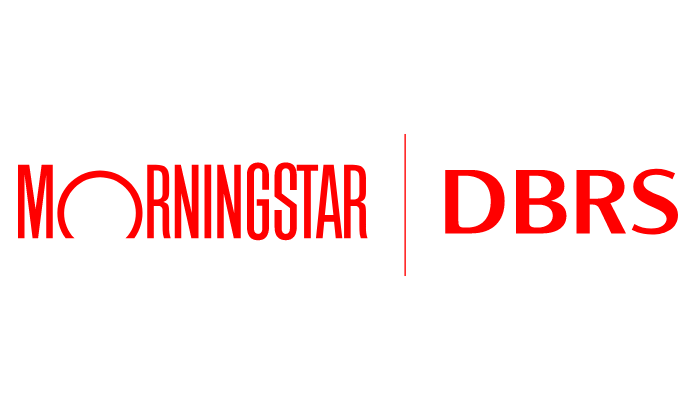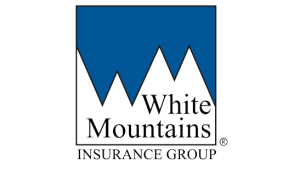Global reinsurers show resilience despite record cat losses in H1’25: Morningstar DBRS

Global property and casualty reinsurers turned in solid results in the first half of 2025 despite facing record-breaking catastrophe losses, according to a new report from Morningstar DBRS, a credit rating agency and research provider.
 The firm noted that its group of selected top reinsurers generated an aggregated net income of $12.0 billion, only slightly below the $12.5 billion reported a year earlier, underscoring the sector’s resilience in the face of unusually heavy claims activity.
The firm noted that its group of selected top reinsurers generated an aggregated net income of $12.0 billion, only slightly below the $12.5 billion reported a year earlier, underscoring the sector’s resilience in the face of unusually heavy claims activity.
Morningstar DBRS highlighted that underwriting profitability remained sound overall, though reinsurers’ average combined ratio deteriorated to 87.6% from 83.7% in the first half of 2024.
The increase reflected significant natural catastrophe losses, particularly from devastating wildfires in California and severe thunderstorms across the United States.
Insured losses in the first half of 2025 reached the highest level in more than a decade, even with relatively quiet conditions in the second quarter.
Despite this pressure on underwriting, strong investment income provided critical support. Reinsurers collectively reported $12.1 billion in investment income, a 14% increase from the prior year, fuelled by reinvestment at higher yields in fixed-income securities.
The credit rating agency cautioned, however, that such investment gains may be harder to sustain. With expectations of interest rate cuts in the US and Europe, the growth in portfolio yields is likely to slow, limiting an important earnings offset against catastrophe losses.
In addition, alternative asset classes such as private equity and private credit have shown greater vulnerability to market volatility, particularly among European reinsurers.
According to Morningstar DBRS, property catastrophe reinsurance continues to attract strong demand, and while overall market pricing has softened slightly, terms and conditions have tightened.
Regions that have recently sustained large losses, such as California and Florida, continue to see rate increases. Legislative reforms in Florida have also encouraged many reinsurers to expand capacity in the state, potentially increasing competition and moderating pricing in future renewals.
In specialty lines, Morningstar DBRS observed a generally favourable environment, though with some signs of softening. Cyber reinsurance, for example, has experienced an unprecedented surge in available capacity, which has put downward pressure on pricing.
Casualty reinsurance has seen some modest rate improvements, but profitability remains challenged by high ceding commissions and the persistence of social inflation.
Morningstar DBRS reported that the California wildfires at the start of the year were the main driver of reinsurers’ weaker underwriting results.
Bermuda-based companies, which are more exposed to US property risks, experienced the steepest deterioration, with their average combined ratio climbing to 93.7% from 84.6% a year earlier.
RenaissanceRe in particular recorded an underwriting loss, while larger and more diversified reinsurers such as Munich Re, Swiss Re, and Hannover Re managed to withstand the shock more effectively, with Swiss Re even reporting an improved combined ratio compared with 2024.
The report pointed to climate risk as the most significant ongoing challenge for the sector. Morningstar DBRS cited Gallagher Re’s estimate that insured catastrophe losses totalled $82 billion globally in the first half of 2025, setting a new half-year record.
To manage this rising risk, reinsurers have tightened contract structures, including higher attachment points designed to shield them from medium-sized but increasingly frequent events. Still, Morningstar DBRS warned that the combination of more destructive wildfires across Europe and an above-average Atlantic hurricane season could create additional strain in the second half of the year.
Despite these risks, Morningstar DBRS said that reinsurers enter the remainder of 2025 from a position of strength. The sector’s capital base is robust, with global reinsurance capital reaching a record $720 billion in the first quarter of 2025, compared with $670 billion at the end of 2023.
This reflects both retained earnings and the growing role of third-party capital, including insurance-linked securities, which has added competitive pressure to pricing but also broadened the industry’s financial foundation.
Morningstar DBRS concluded that the outlook for the global P&C reinsurance market remains stable. While reinsurers continue to face heightened catastrophe risk and the likelihood of lower investment yields, the combination of ample capitalisation, strict underwriting discipline, and cautious risk selection provides a solid basis for profitability through the rest of the year.
“The rapidly growing reinsurance market capital, which includes capital from Reinsurers as well as third-party capital, deployed through capital market instruments such as insurance-linked securities, has fostered more competition in the market, suppressing prices,” commented Steve Liu, Assistant Vice President, Global Insurance & Pension Ratings.
“However, we believe that Reinsurers will maintain pricing discipline with a focus on risk selection to ensure profitability is maintained in the medium term.”
The post Global reinsurers show resilience despite record cat losses in H1’25: Morningstar DBRS appeared first on ReinsuranceNe.ws.




